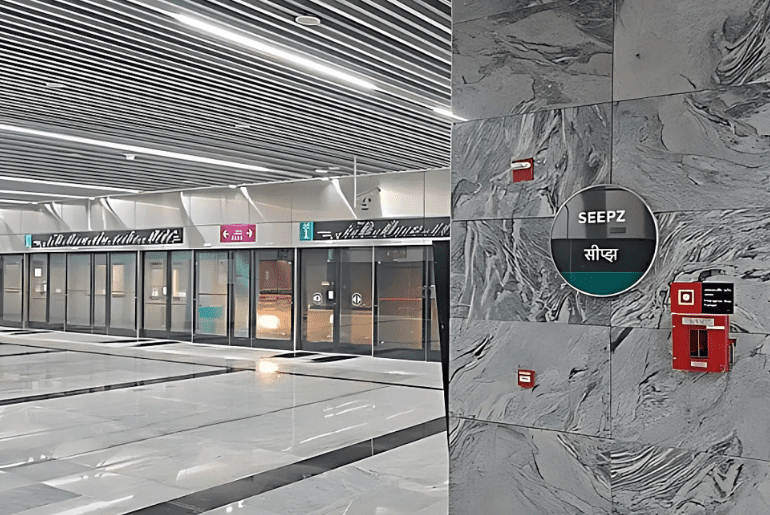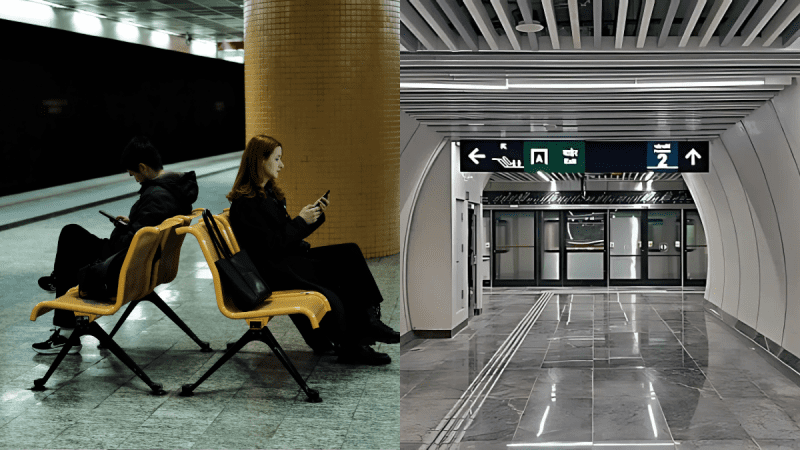As Mumbai prepares to unveil its ambitious underground Metro Line 3, a surprising concern has surfaced — mobile connectivity. While most commuters expect seamless network access while travelling underground, Reliance Jio users may be in for a shock. Mumbai Metro Rail Corporation (MMRC), which oversees Metro Line 3, has confirmed that Jio has not joined its shared infrastructure system, raising questions about network availability in underground stations and tunnels.
What Is The Shared Infrastructure Model?

MMRC has adopted a shared In-Building Solution (IBS) for mobile network connectivity across the 33.5-kilometre underground stretch, as reported by The Times Of India. This system allows multiple telecom providers to operate using a common infrastructure, avoiding the need for each company to install separate equipment in a confined space.
Telecom providers like Bharti Airtel and Vodafone Idea have already come on board. Their users can expect uninterrupted service throughout their metro journeys. The MMRC explained that this model ensures efficiency, safety, and convenience for both providers and passengers.
Also Read: Mumbai Metro Line 2B To Open After 4 Years, Featuring These 5 Stations In First Phase
This approach not only saves space but also ensures quicker deployment of services and streamlined maintenance. It reflects a global best practice used in several advanced metro systems across the world.
Why Jio Isn’t Part Of Mumbai Metro Line 3’s Mobile Connectivity Framework

Jio, one of India’s largest telecom providers, refused to join the shared setup and instead proposed to install its own independent network infrastructure. However, MMRC declined the request, citing space limitations and safety protocols within the underground system.
According to The Times of India, an official from MMRC stated that Jio wanted to set up its own equipment, which wasn’t viable. The network was invited to join the shared framework, like others, but chose not to.
Also Read: Mumbai Metro Unveils First Look Of Dharavi Station On Aqua Line 3
This has sparked debate about the importance of collaboration between public infrastructure projects and private operators when it comes to improving passenger convenience and ensuring inclusive access.
What Does This Mean For Commuters?

Many daily passengers depend heavily on mobile networks for navigation, online payments, entertainment, and work communication. The lack of Jio network access could disrupt everything from digital ticketing to UPI payments to real-time updates.
Commuters are already expressing concern on social media, questioning how such a major service gap was allowed to occur in a metro project of this scale.
Also Read: Mumbai Metro Line 2B: Mandale–Diamond Garden To Be Energised, Trial Runs To Begin Soon
MMRC has kept the door open for Jio, stating they can join the shared system anytime if they agree to the standard infrastructure. Until then, “Which mobile network will work in Mumbai Metro Line 3?” becomes a crucial question for Jio users planning to commute underground.
Cover Image Courtesy: Canva Pro & Wikimedia Commons





